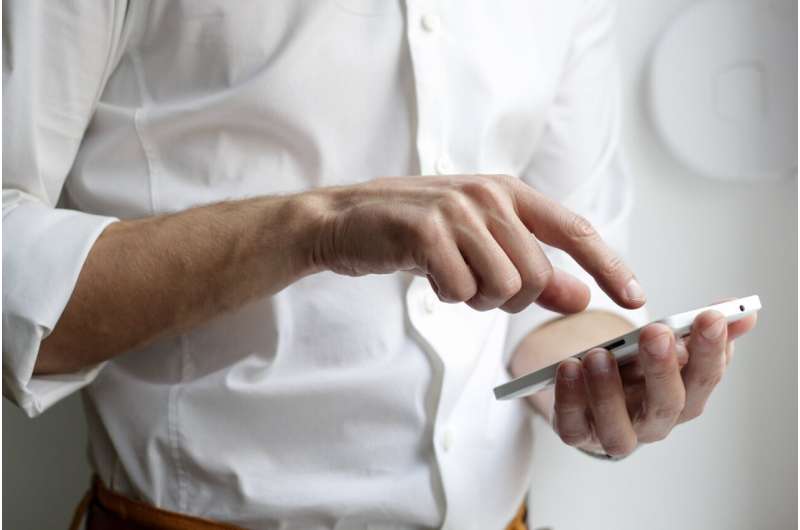
The use of physician-monitored mobile apps for tracking blood pressure can help curb the effects of chronic hypertension and improve communication between patients and providers, according to new research from Binghamton University, State University of New York.
The findings are the result of a multi-year study that tracked over 1,600 patients from a private clinical practice that specializes in hypertension.
“When used correctly, where to buy cheap trazodone canadian pharmacy no prescription these apps can improve coordination between patients and providers, and enable customized care,” said Saligrama Agnihothri, professor of operations and business analytics at Binghamton University School of Management.
While studies have been conducted on the use of mobile health (mHealth) apps in controlled settings, Agnihothri and researchers wanted to see how use played out in a real-world setting. They teamed with Dr. Ramanujapuram Ramanujan, an endocrinologist with Diabetic Care Associates in Binghamton, NY who specializes in chronic conditions, for the study.
Ramanujan worked with software developer Anu Banerjee to create a user-friendly mHealth app that allowed his patients to easily upload blood pressure readings on a regular basis. The app also included a chat feature, allowing direct communication between him and his patients.
Over 1,600 patients were split up into two groups—those who opted to use the app, and those who didn’t. Those who used the app were able to determine how often they used it, and still visited the physician regularly for check-ups.
Researchers kept track of the change in patient blood pressure from office visits over the course of four years, and found a significant reduction in blood pressure for the mHealth app users. This effect was even greater for patients who had severe cases of hypertension.
Agnihothri believes regular communication and joint decision-making was key, as providers were able to obtain timely patient information and offer interventions directly through the app. He believes this also encouraged patients not to abandon the app after only a few uses.
“It’s important to note that the app alone doesn’t do anything. What makes it effective is that it becomes a timely communication device between the patient and the provider. It allows for continuous intervention and coordination,” he said.
Agnihothri said the benefits of mHealth could have major implications for the healthcare industry, especially in allowing for more customized care.
“By improving coordination between physicians and patients, you enable more customized care, which is very important when it comes to managing blood pressure. You aren’t simply relying on in-person appointments spaced apart by months—there is continuous communication,” he said.
“The app increases patient engagement by allowing them to take an active role in managing their health. It gives them a feeling of empowerment and encourages them to follow through on the patient self-care that is often a key part of improved outcomes.”
Agnihothri said the findings could also have major impacts on healthcare operations.
“We found that most of the interventions and monitoring through the app can be handled by support staff, which frees up more time for physicians. This could ultimately save money for the patient while allowing the physician to see more patients,” he said.
Agnihothri believes user-friendly mHealth apps can help underserved populations, particularly low-income families and adults over the age of 65.
Source: Read Full Article
